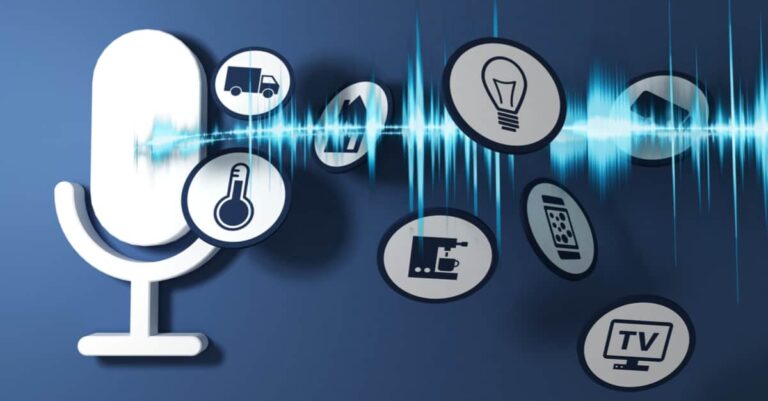AI assistants that can be controlled by voice have quickly gone from being intriguing to being necessary for our digital lives in a time when speed and efficiency drive technology progress. Voice mode has become an essential part of user contact with AI, whether you’re asking Google Assistant for directions, Siri to set an alarm, or Alexa to play your favorite song. As these voice-first interfaces become more common, however, the question arises of whether speech mode in AI assistants is really a convenience or if it is quietly adding a new level of complexity.
The Convenience Factor
Convenience is clearly the strongest case for voice mode. You can use voice interfaces to drive, cook, and do other things at the same time without using your hands or eyes. Users can express their purpose and receive prompt answers instead of typing long questions or going through menus.
This feature is especially helpful for people who have trouble with normal interfaces or who are physically limited. Voice mode makes it simpler for bigger groups to use digital things by closing the usability gap.
By doing things automatically, voice AI can also save time. Saying a message on foot, asking for real-time translations on the road, or setting up a planned event while on the phone are all examples of voice input that reduces touch. It’s quick, simple, and often seems much more natural than other ways to get people to interact.
The Humanization of Technology
AI also receives a human touch through voice mode. When you talk to a machine, especially one that sounds like it’s having a chat, technology seems more friendly and human. Because they can understand normal words, feel emotions, and remember context, voice assistants can imitate human conversations. This new development is a big reason why AI helpers are getting smarter and more useful.
Treating voice assistants like humans increases their trust and engagement. This emotional link could make users more loyal and likely to use the app regularly.
Where It Gets Complicated
On the other hand, more ease generally means more trouble. Accuracy is one of the main issues with voice mode. Despite significant advancements in natural language processing, users still experience confusion, particularly when speaking with an accent, using different words, or in noisy environments. Such situations can be annoying, especially when users have to say things again or fix requests that were taken the wrong way.
Another problem is being aware of the situation. AI models are getting better at understanding the past of conversations, but there are still some things that they can’t do. Voice assistants often have trouble understanding ambiguous directions or complicated requests, and how well they remember context varies across platforms.
A Layered Future
Even with these problems, work on voice mode is still going on. Companies are making AI systems smarter by giving them more abilities, like better speech recognition, the ability to speak more than one language, the ability to recognize emotional tones, and even personalities that can change over time. Instead of just being a user interface, voice is developing into a full form of human-machine contact.
The development of ChatGPT Voice Mode is an example of this trend. It lets users have real-time chats with an AI that responds carefully and appropriately, creating a very natural conversation flow. This kind of progress shows how AI interfaces will get better over time; they will become more human-like, immersive, and instant.
Voice-controlled tools can simplify everyday tasks, even in the workplace. For instance, a simple voice call can be used to get to resources like an HR contact list, which can save time and make internal communication smoother. An employee could get a quick, correct answer to the question, “Who do I contact in HR about payroll?” without having to look through letters or private portals
Conclusion
AI assistants that you can talk to using your voice offer unmatched ease and convenience, making it easier to talk to someone faster and more naturally. However, there are also drawbacks, like worries about privacy, truth, and shifts in cultural norms. Although new tools like ChatGPT Voice Mode have benefits, it’s also important to be aware of their downsides.



